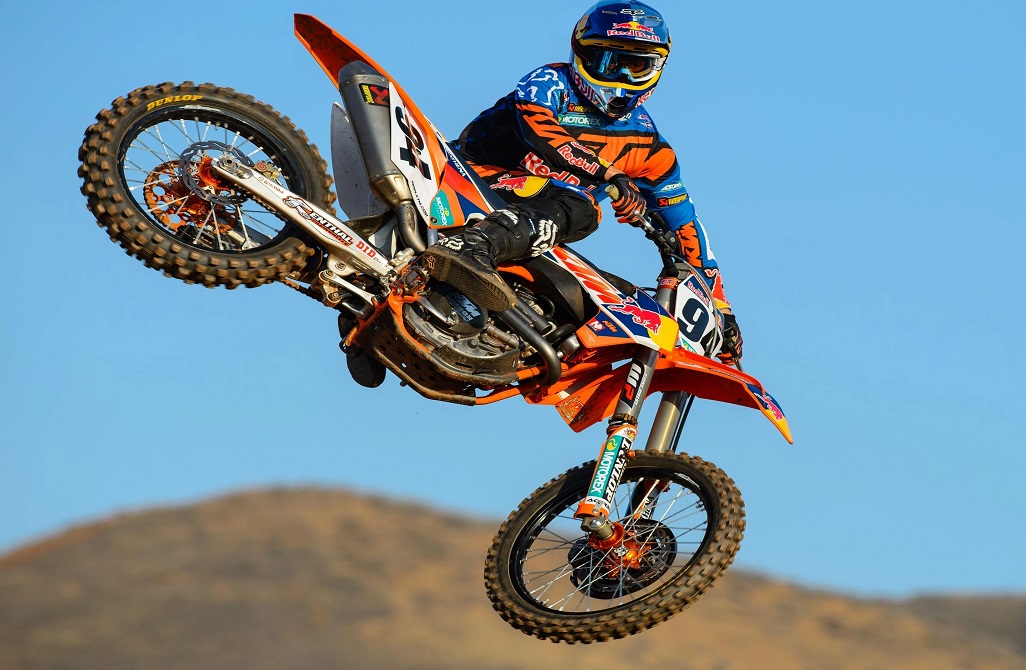Introduction
When it comes to thrilling outdoor activities, few experiences match the excitement of riding a dirt bike. These versatile machines offer the perfect blend of speed, maneuverability, and off-road capabilities. For instance, whether you’re navigating through rugged terrains, racing through wooded trails, or simply enjoying a dirt track, dirt bikes provide endless fun for riders of all skill levels.
As a reader interested in dirt bikes, you might be searching for information on how to choose the right bike, essential gear for your rides, or tips for maintenance. Therefore, this article aims to fulfill those needs and offer insightful guidance to enhance your dirt bike experience. Ultimately, we want to ensure that you are fully equipped for your riding adventures.
Basic Information
Dirt bikes are lightweight motorcycles specifically designed for off-road riding on various terrains. They come in multiple configurations, catering to different styles of riding. To better understand what makes a dirt bike unique, let’s explore their key features and classifications.
1. Types of Dirt Bikes
Dirt bikes generally fall into several categories based on their intended use, including:
- Motocross Bikes: Specifically built for racing on closed circuits. These bikes usually have powerful engines and are lightweight for optimal speed and agility.
- Trail Bikes: Designed for off-road trails and rugged terrain. They prioritize reliability and comfort over extreme speed, making them perfect for recreational riders.
- Enduro Bikes: A hybrid between motocross bikes and trail bikes, these machines are suitable for off-road racing over long distances. As a result, they combine speed with endurance.
- Mini Bikes: Smaller dirt bikes designed for younger riders or those new to the sport. Furthermore, these bikes are lightweight and less intimidating, allowing beginners to learn the ropes of dirt biking.
2. Key Features of Dirt Bikes
Dirt bikes are equipped with particular features that set them apart from standard motorcycles. Here are some key characteristics:
- Long Suspension Travel: This enables the bike to absorb shocks from rough terrains effectively; therefore, you can ride with more confidence.
- Knobby Tires: Designed for traction on dirt and mud, these tires enhance grip and performance on rugged surfaces. Consequently, you can tackle challenging trails without slipping.
- High Ground Clearance: This feature allows dirt bikes to navigate obstacles like rocks and roots. Consequently, you can ride confidently without getting stuck.
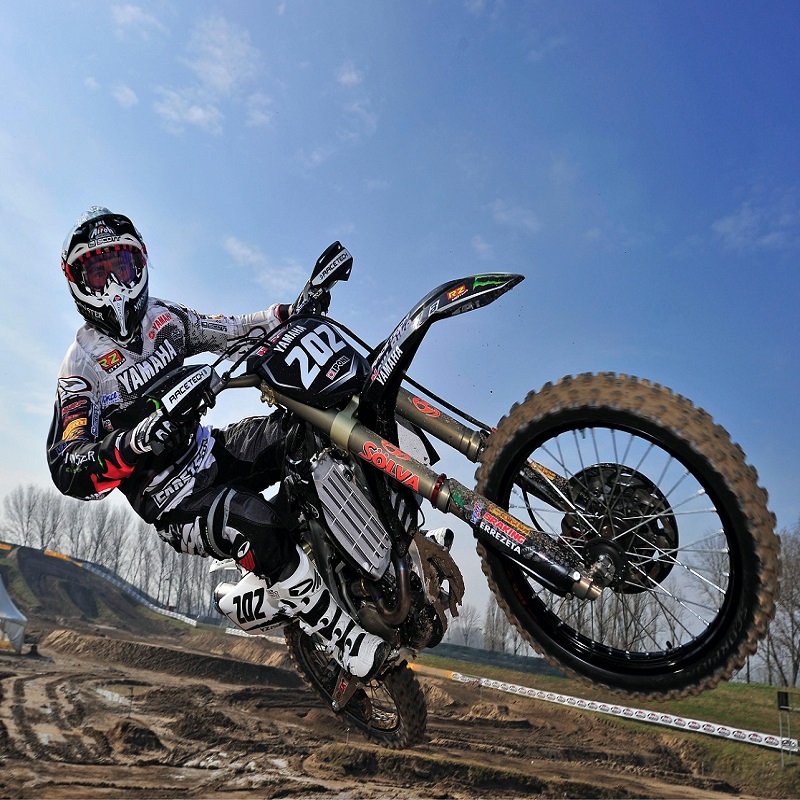
Choosing the Right Dirt Bike
Selecting the perfect dirt bike can be overwhelming, especially with the numerous options available. To simplify your decision-making process, consider these factors:
1. Skill Level
Your experience level plays a crucial role in determining which dirt bike is suitable for you. If you’re a beginner, it’s advisable to opt for models that are easier to handle. For instance, trail bikes or mini bikes might be ideal. On the other hand, more experienced riders may prefer high-performance motocross bikes with advanced features.
2. Height and Weight
It’s essential to choose a dirt bike that fits your body size. A bike that is too tall or heavy may hinder your ability to control it effectively. Therefore, when sitting on the saddle, your feet should touch the ground to ensure stability.
3. Engine Size
Dirt bikes come in various engine sizes, ranging from 50cc for mini bikes to over 450cc for powerful motocross models. A general guideline is to match the engine size to your experience level and intended use. For example, beginners often start with smaller engines, while advanced riders may prefer larger, more powerful options.
4. Purpose of Riding
You should determine how you plan to use your dirt bike—whether for racing, trail riding, or casual enjoyment. Your intended usage can help narrow down your options and ensure you invest in a bike that meets your needs.
5. Budget
Lastly, consider your budget when you choose a dirt bike. New models can be expensive; however, used bikes often offer a more affordable alternative without sacrificing quality. Thus, setting a budget that accommodates not only the bike itself but also the necessary gear and maintenance costs is essential.
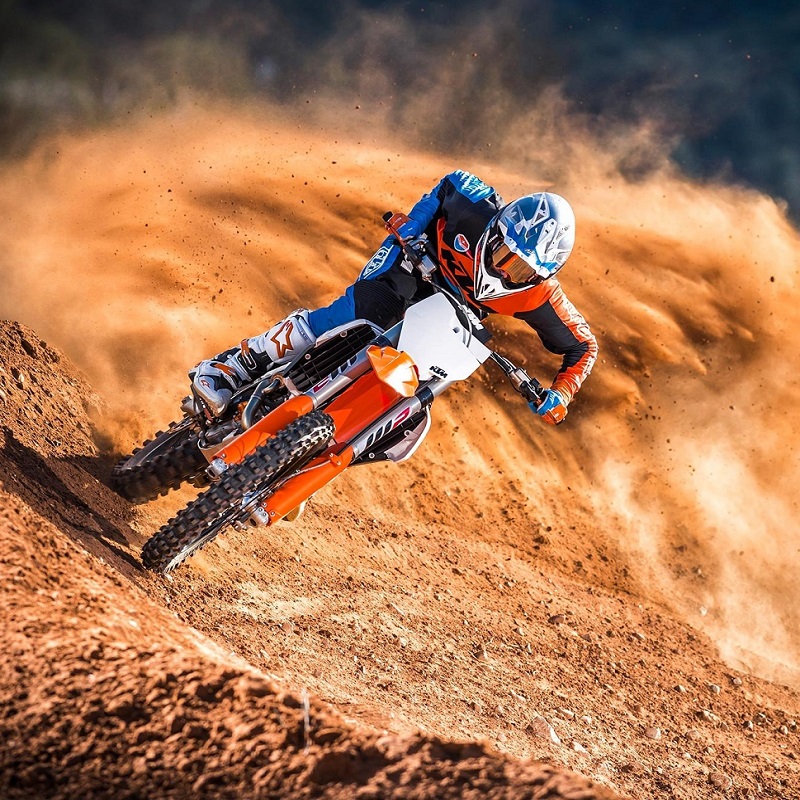
Essential Gear for Dirt Bike Riding
Once you’ve chosen your dirt bike, acquiring the proper riding gear is vital for safety and comfort during your adventures. Here’s a list of essential equipment you’ll want to gather before hitting the trails:
1. Helmet
An approved helmet should be your top priority. To ensure safety, look for helmets that meet safety standards, provide excellent ventilation, and offer a comfortable fit. Generally, full-face helmets are recommended for maximum protection against impacts.
2. Protective Gear
Invest in protective gear, such as gloves, knee pads, elbow pads, and chest protectors. These items will help shield you from injuries in case of falls or crashes. Additionally, riding boots are crucial; they should provide ankle support while being durable enough to withstand rough terrain.
3. Riding Apparel
Specialized dirt bike clothing, like jerseys and pants, are designed for comfort and breathability. These garments often include reinforced areas to prevent wear and tear while ensuring you can move easily during rides.
4. Goggles
Goggles protect your eyes from dirt, debris, and UV radiation. They should fit snugly and provide adequate venting to reduce fogging while giving you a clear view of the trail ahead.
5. Gloves
Riding gloves enhance your grip on the handlebars while offering protection against vibrations and impacts. Look for gloves specifically designed for dirt biking, as they will provide the right balance between comfort and protection.
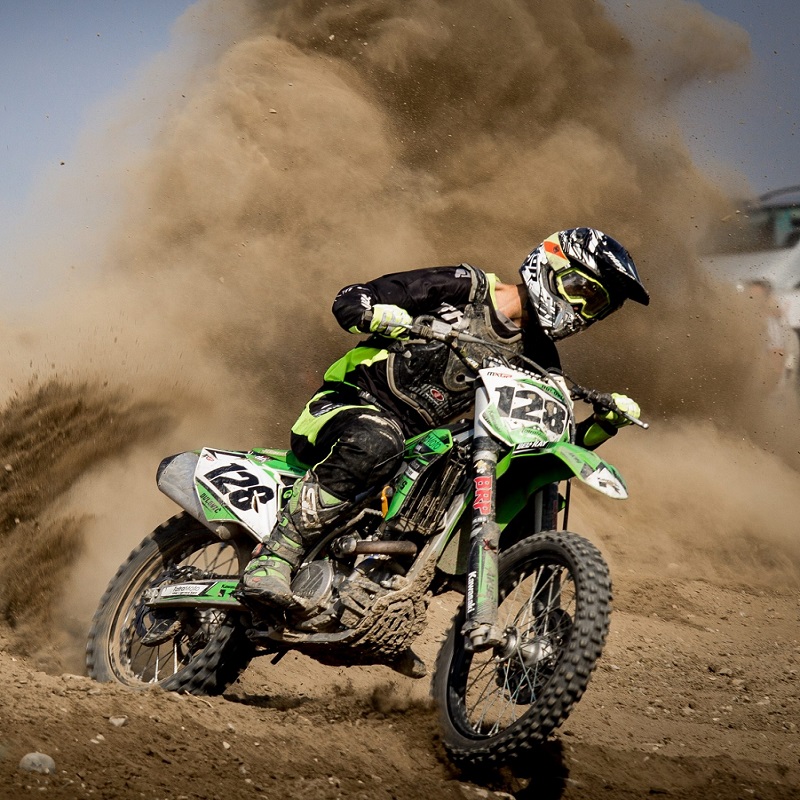
Tips for Riding a Dirt Bike
With your dirt bike and gear ready, it’s time to hit the trails. Here are some valuable tips that can enhance your riding experience:
1. Practice Balance and Control
Maintaining balance is crucial for successful dirt biking. Begin by practicing slow-speed maneuvers, focusing on keeping the bike upright. As you gain confidence, you can progress to faster speeds and more challenging terrains.
2. Weight Distribution
Understanding weight distribution on your dirt bike is important for handling and control. Shift your weight forward when climbing hills and backward when descending. Therefore, maintaining stability is crucial in these situations. Additionally, moving your body during turns can help you maintain traction and corner effectively.
3. Braking Techniques
Get familiar with your braking system. Practice using both the front and rear brakes together for optimal stopping power. This technique will ensure you can stop safely, especially in challenging terrains. Be particularly cautious when slowly down on downhill slopes; improper braking can lead to loss of control.
4. Look Ahead
Always keep your eyes on the trail ahead instead of directly in front of the bike. Anticipating obstacles and planning your route can enhance your reaction time. Consequently, this skill will improve your overall riding experience.
5. Ride Within Your Limits
As a beginner, resist the temptation to push your limits too quickly. Building confidence and skills steadily is essential rather than trying to ride as aggressively as more experienced riders. Therefore, knowing when to slow down or back off can help prevent accidents and injuries.
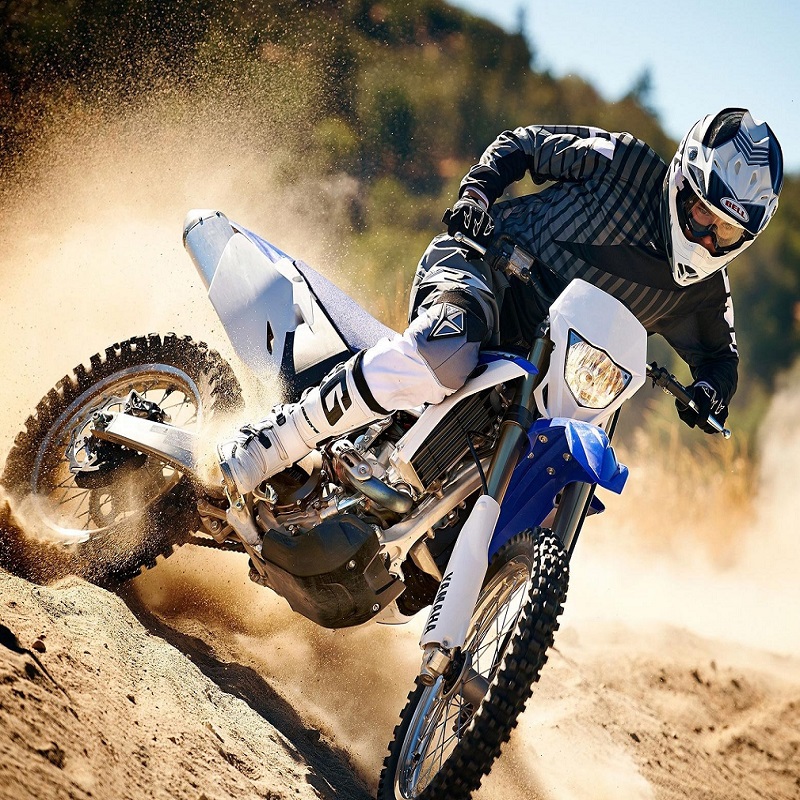
Maintenance Tips
To keep your dirt bike running smoothly and to ensure its longevity, regular maintenance is necessary. Here are some essential maintenance tips you should follow:
1. Regular Oil Changes
Like any vehicle, your dirt bike requires regular oil changes to maintain engine health. Check your owner’s manual for specific oil change intervals. Importantly, using high-quality oil will help prolong your engine’s life.
2. Clean Air Filter
The air filter is essential in keeping dirt and debris from damaging the engine. Clean or replace the air filter frequently, especially if you often ride in dusty conditions. This simple maintenance task can significantly affect your bike’s performance and reliability.
3. Inspect Tires
Ensure that your tires are in good condition and adequately inflated. Inspect them for cracks, punctures, or excessive wear. Properly inflated tires enhance grip and handling, which is critical for off-road riding.
4. Check the Chain
Your dirt bike’s chain should be properly lubricated and tensioned to ensure optimal performance. A loose or dirty chain can impact handling and lead to potential accidents. Regularly check the chain for wear and replace it when necessary.
5. Inspect Brakes
Brakes are one of the most critical components of your safety. Periodically check the brake pads and fluid levels, replacing them as necessary. Proper braking performance is essential for navigating steep hills and tight turns.
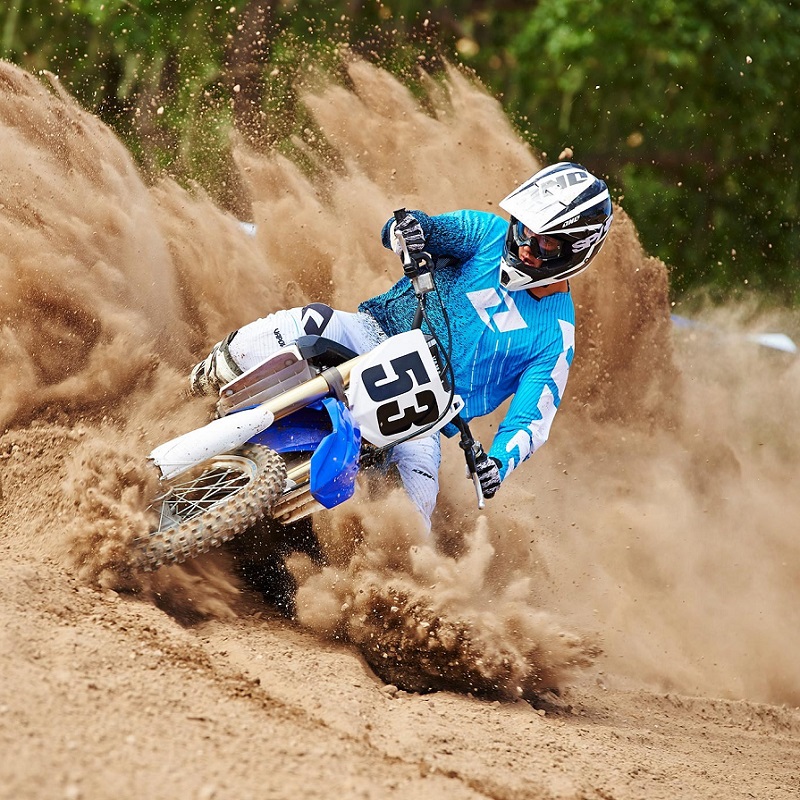
Conclusion: Embrace the Thrill of Dirt Biking
In conclusion, dirt biking offers an exhilarating experience that combines adventure, sport, and the great outdoors. By choosing the right dirt bike, wearing appropriate gear, adopting important riding techniques, and committing to regular maintenance, you can maximize your enjoyment and safety on the trails.
Whether you are new to the sport or an experienced rider looking to enhance your skills, understanding the ins and outs of dirt biking is key to a successful experience. Therefore, equip yourself with the knowledge and confidence needed to tackle any terrain. Additionally, you’ll find that the world of dirt biking is filled with thrilling adventures waiting to be embraced. So, gear up, start your engine, and revel in the freedom of conquering the trails on your dirt bike!
